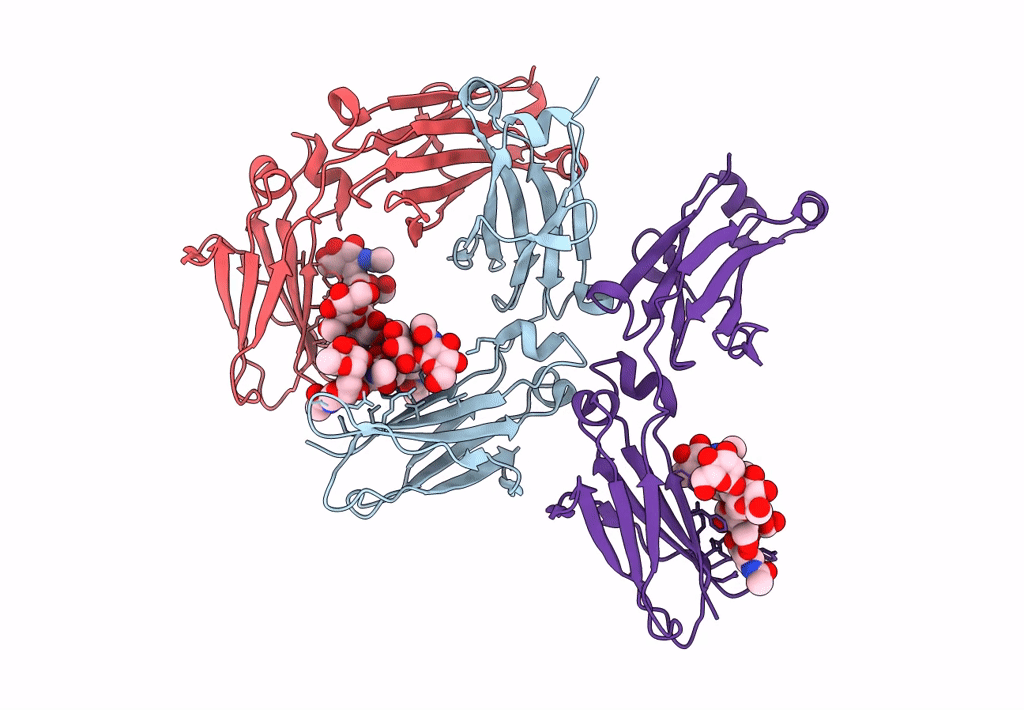
Deposition Date
2021-10-28
Release Date
2022-09-28
Last Version Date
2024-11-13
Method Details:
Experimental Method:
Resolution:
2.10 Å
R-Value Free:
0.21
R-Value Work:
0.18
R-Value Observed:
0.19
Space Group:
C 1 2 1


